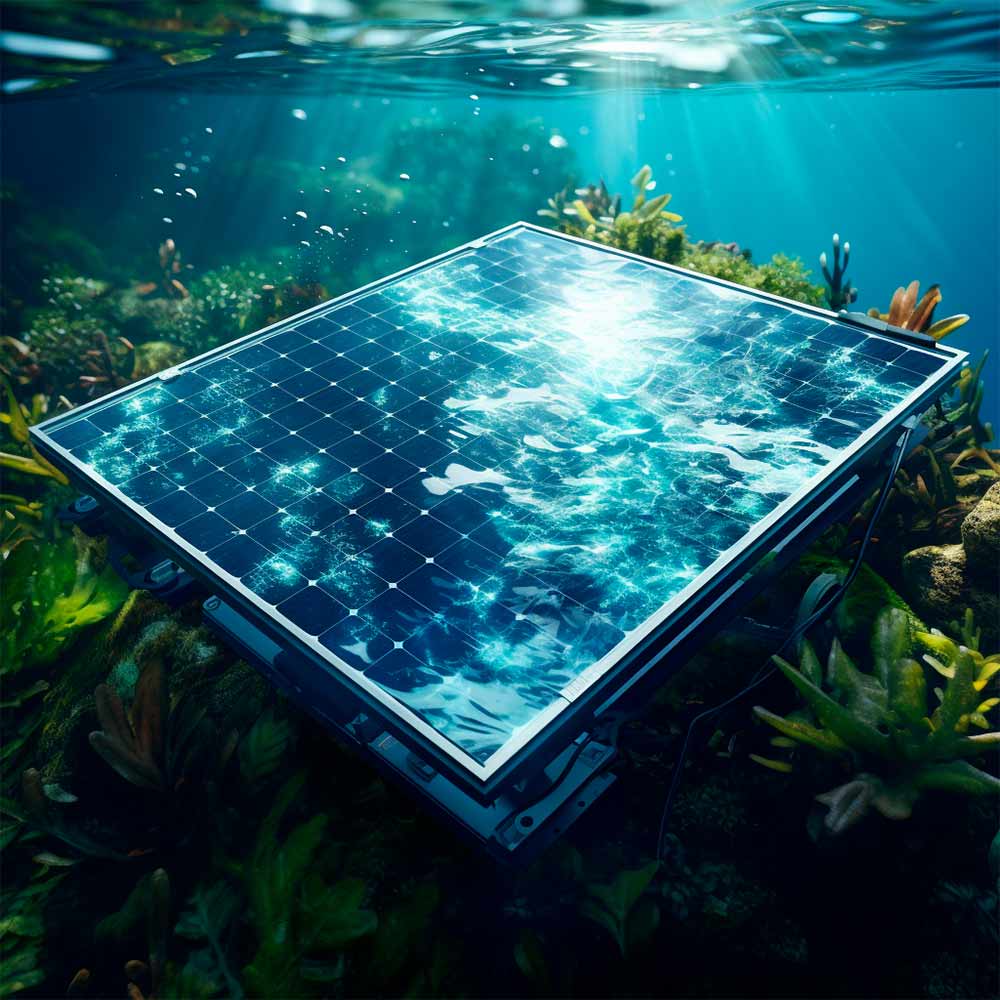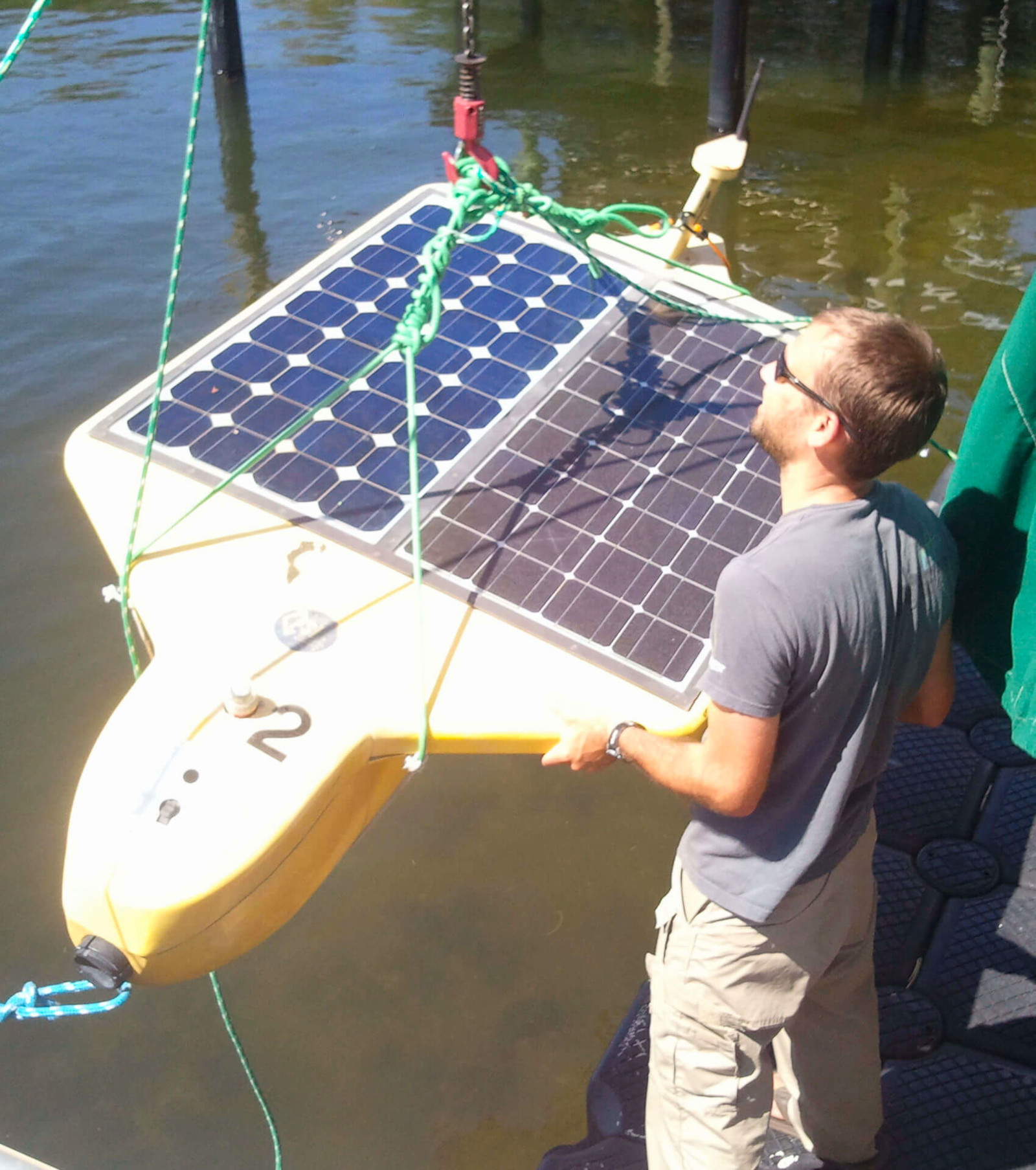Solar-Powered Autonomous Underwater Vehicles to Explore the Oceans

When it comes to our knowledge of the Earth’s oceans, it’s a startling fact that we may know more about distant planets like Mars than about the depths of our own seas. In fact, only a mere 5% of the world’s seabed has been adequately charted and explored. And when it comes to advancing our understanding of the marine ecosystem and working towards its conservation, technological innovations such as autonomous underwater vehicles (AUVs) are poised to play a pivotal role. However, a significant challenge arises when these AUVs venture into the abyss: how do we effectively power them? As recent research suggests, the answer may lie in the untapped potential of solar energy.
Is solar energy a viable option for AUVs?
In a nutshell, yes, but with some caveats. While the oceans offer a plethora of renewable energy sources like wave and tidal power, these tend to be location-dependent. To sustainably power AUVs on long-range missions in the deep sea, solar energy presents itself as a viable solution, employing two distinct methods:

- Ocean Thermal Conversion (OTEC): This technique capitalizes on the temperature gradient in water masses, where surface layers are typically warmer due to solar radiation.
- Photovoltaics: Photovoltaic technology, similar to its onshore counterpart, is utilized with some adaptations for underwater application, as we’ll explore shortly.
Contrary to what it might seem, solar radiation can reach up to fifty meters deep, especially in the green to blue part of the spectrum. New York University has already published a study pointing to this challenge, since the silicon photovoltaic cells used on land are optimized for the red part of the spectrum. In addition, this type of electronic component is very sensitive to salt and moisture, as well as biological fouling. And that is where New York University has announced new developments to multiply the potential of underwater rovers.
A new generation of underwater photovoltaic cells
The American scientists’ team has used LED lamps in laboratory settings, simulating various spectrum wavelengths. Their findings yield two main insights:
- Most efficient photovoltaic cells for underwater operation incorporate materials like cadmium telluride, indium gallium phosphide, and other variants with a broader light-receiving range than traditional silicon cells. Perovskite cells also exhibit superior performance. However, further research is required before commercial prototypes become a reality.
- Combatting biological fouling is now feasible with existing commercial solutions. Previously, biological fouling plagued up to half of an AUV’s surface within 30 days. Thankfully, transparent, non-toxic coatings can be applied to photovoltaic panels, mitigating this issue effectively.

Current prototypes of solar-powered AUVs
Although research into solar panels for AUVs is still in its infancy, several promising prototypes have already tackled these challenges head-on. One standout example is MIT’s PEARL project. In 2021, the institute unveiled a floating mothership equipped with solar panels, serving as a recharging station for underwater vehicles, complete with integrated satellite connectivity. This innovative approach sidesteps the complexities of harnessing sunlight at great ocean depths.
Another compelling initiative is the SAUV II, a solar-powered vehicle conceived by the U.S. Autonomous Undersea Systems Institute. Resembling a manta ray in shape, this prototype boasts an impressive depth capability of up to 500 meters, facilitating in-depth underwater exploration. Much like marine mammals such as dolphins or whales, the SAUV II resurfaces to recharge its batteries when energy levels run low. Crafted from fiberglass, it features a comprehensive suite of equipment, including GPS, acoustic altimeters, depth sensors, gyroscopes, and data transmission systems via radio or satellite.
In addition to these examples, we have covered the research on other AUVs. Some, like the Tunabot and robotic jellyfish, draw inspiration from the natural world, mimicking the movements and forms of creatures such as tuna and moon jellyfish. This exciting field is known as biomimicry or biomimetics, a topic we’ve explored extensively in previous articles. If you’re intrigued, you can start your journey with this introductory article to delve deeper into biomimetic engineering.
Source:
Imágenes
SAUV II (Wikimedia Commons)

